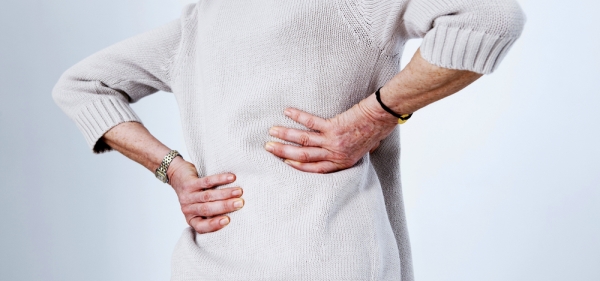Lower back pain is a common condition that affects up to 80 per cent of people at some point in their lives. As a physiotherapist, back pain is a very common condition that presents at the clinic. The spine is a strong and flexible structure that is designed to withstand large amounts of force. It has a numerous structures including bones, discs, ligaments and muscles, which can all cause lower back pain.
I have heard of a wide variety of self-management techniques, some better than others, that people have tried before seeing me. Should you start to experience back pain in the upcoming weeks, it is important to ensure that you know what to do so that the pain does not stop you from enjoying this festive season.
The most important response when experiencing back pain is keeping active. Current evidence suggests that encouraging early movement and mobility is crucial to a quick and speedy recovery. Early movement reduces the likelihood of muscular spasm, further joint stiffness or associated muscular weakness. Often I recommend that you try and continue with your normal routine. You may perform particular tasks slower or more carefully than previously, but continuing with your normal routine is a great way to keep moving.
Walking, even for short periods of time, is great for keeping the spine moving. Generally, the only activities that should be reduced are tasks that may be repetitive and below knee height. Constant and repetitive bending does place an increased load through the low back over a prolonged period.
Pain relief can help you keep active. If you are experiencing back pain, speak to your local chemist or doctor who’ll be able to recommend pain relief if needed. Some pain relieving strategies to try at home include using a heat pack or hot shower. Ensure that you do not burn yourself, but heat can be applied for up to 10–15 minutes several times a day. Self-massage using topical gels and creams often can have a similar benefit to heat. Heat assists in relieving muscle spasm and provides temporary relief.
Reducing the amount of time spent in awkward positions can also be beneficial. Try to minimise time spent sitting, as this places a significant amount of constant load on the spine. A good guideline is to aim for sitting up to 30 minutes. After 30 minutes, it’s sufficient to stand up and then sit back down immediately. A firm chair is better, as soft chairs typically encourage a slouched position that puts more stress and strain through the low back.
When sleeping at night, aim for a comfortable position. Try placing a pillow underneath your knees if lying on your back. Side sleepers can often use a pillow between the knees. This commonly places the spine in a neutral position.
Importantly, ensure that you see your health professional as soon as possible. The earlier your assessment and treatment begins, the quicker your recovery and less downtime, if any, you’ll have.
The spine is very complex, with a range of different structures that may cause lower back pain. Whilst the majority of pain episodes settle quickly, it is important to address the causes of your back pain to prevent recurrent episodes or symptoms.
Physiotherapists are well equipped to assess and treat the underlying cause of your lower back pain.
Jason Lee APAM
B. Physiotherapy
Jason is happy to answer any questions you may have, simply send an email to newsletters@yourlifechoices.com.au
Tips to manage lower back pain
Walk to alleviate lower back pain

